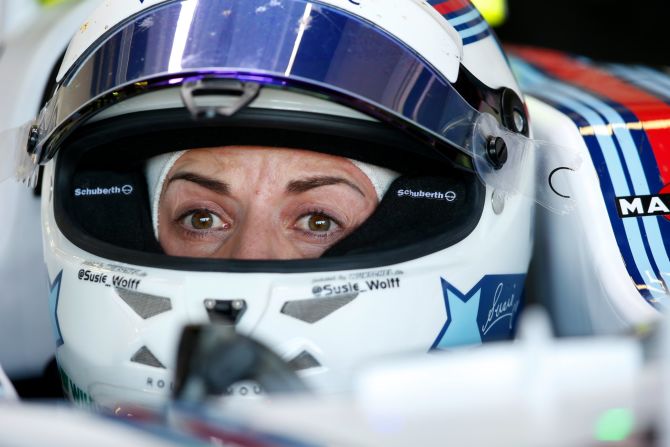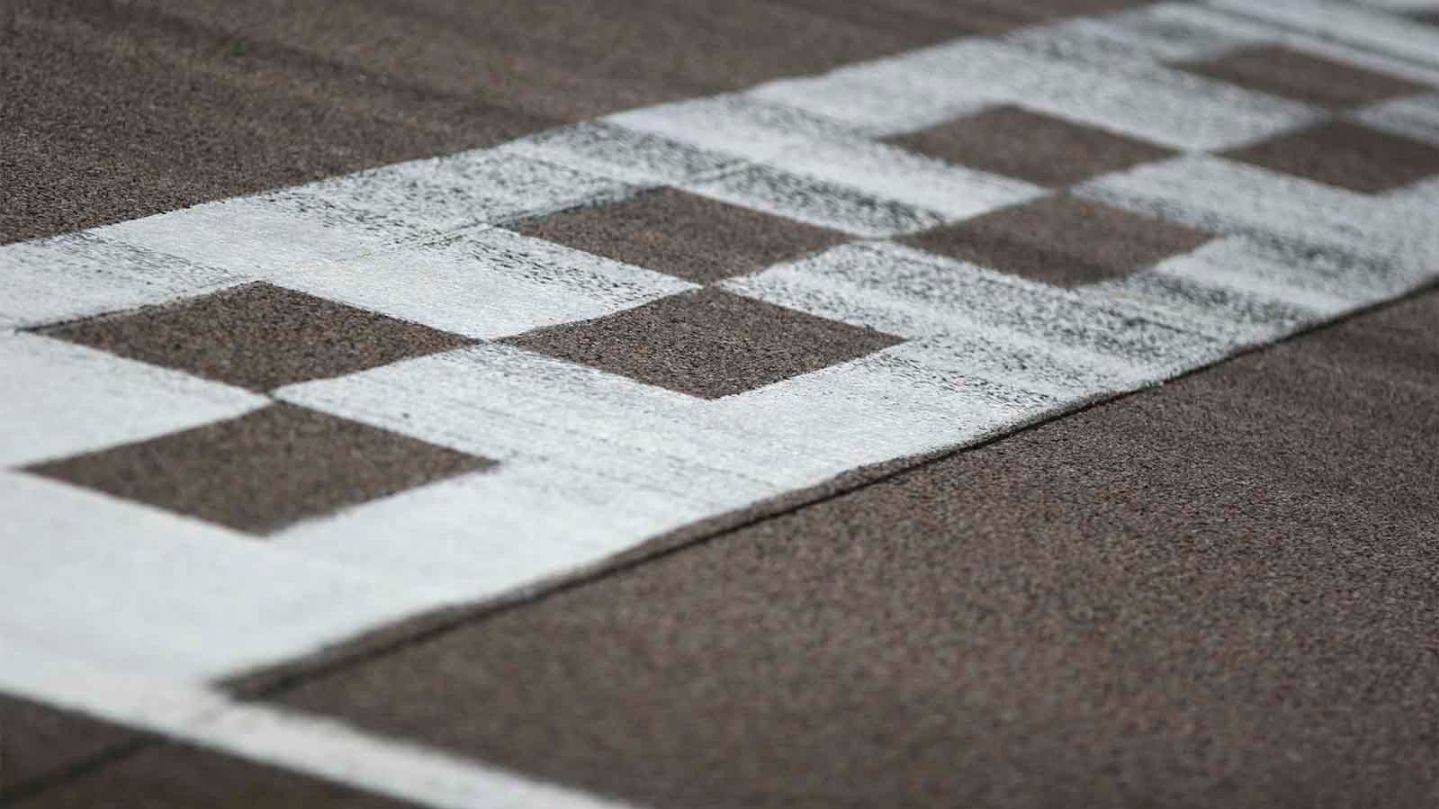
Britain's Susie Wolff is the leading female driver in Formula One in recent generations. In 2014, she became the first woman to take part in an F1 weekend for more than 20 years, driving a Williams car in a Friday practice session.

Women in F1 are no longer just arm candy for world champions like James Hunt...

"We're not out to try to change this sport, we're just out to participate and to be successful," Wolff says of women in F1. The Scottish racer is often seen in the F1 paddock with her husband Toto, who is the motorsport boss of German car manufacturer Mercedes.

But the 32-year-old has warned she could quit F1 before she's even raced a car. "There doesn't seem to be many opportunities for next year to get onto the grid," she says. "I can't wait on the sidelines forever for my chance."

Italian Giovanna Amati was the last woman before Wolff to drive in F1. She was signed by the Brabham team in 1992 but was replaced by future world champion Damon Hill after just three races.

Amati is the most recent female to try to qualify for an F1 race but she failed to set a fast enough time at three grands prix with a largely uncompetitive car.

Another Italian, Maria Teresa de Filippis, is the original girl racer. She was the first female to compete in F1 in 1958 and finished a career-best 10th at the Belgian Grand Prix. She was the pioneer of women in motorsport, but was racing in one of its bloodiest eras and quit in 1959 to start a family.

More recently, American superstar racing driver Danica Patrick has stormed to success in IndyCar and NASCAR but she told CNN about her need to develop "a certain amount of thick skin" to cope with criticism leveled at her.

Patrick, seen here with her crew chief Daniel Knost, says she has never experienced sexism: "Racing is, by all means, very male driven, it's mostly men but in this day and age those things are shifting."

Women are making their presence felt off track too and Claire Williams is following in the family business as the deputy team principal of her father Frank Williams' eponymous F1 team. "He was hugely against me working for Williams," she recalls. "He wanted us to prove ourselves."

"Sexism in Formula One? No. I have never, hand on heart, experienced it," says Williams, seen here with one of the team's drivers, Valtteri Bottas, in 2015. "As a sport I actually think that we do do quite a lot to promote women."

Indian lawyer Monisha Kaltenborn ticked off another first for women in F1 as she became the sport's first female team principal in 2012, taking over the reins of Switzerland's Sauber. She juggles her F1 career with being a mother to two children.

There are also more women working engineering F1's super-fast cars too. Gill Jones -- Red Bull Racing's head of trackside electronics -- is so integral to the marque's success that she went up to collect the team trophy at the 2013 Bahrain Grand Prix, which was won by Sebastian Vettel.




